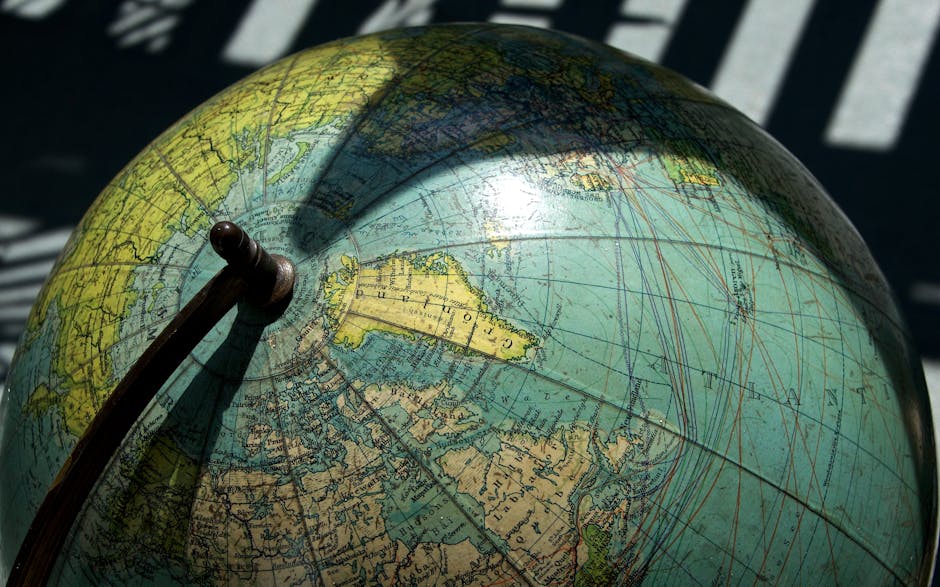The History of Chicago’s World’s Fairs: A Global Stage
Chicago, the bustling metropolis known for its architectural marvels and rich cultural tapestry, has a storied past that includes hosting some of the most iconic World’s Fairs. These events were not just exhibitions but stages where the world witnessed groundbreaking innovations and cultural exchanges. Let’s delve into the captivating history of Chicago’s World’s Fairs and explore how they shaped the city and beyond.
Table Of Contents
1. Introduction to Chicago’s World’s Fairs
2. The 1893 World’s Columbian Exposition: A Turning Point
3. The 1933-34 Century of Progress Exposition
4. Impact on Chicago’s Development
5. Lasting Legacies and Cultural Contributions
6. Frequently Asked Questions
7. Conclusion
Introduction to Chicago’s World’s Fairs
The World’s Fairs symbolize human ingenuity, creativity, and progress. Chicago’s role as a host city not only underscored its prominence but also served as a catalyst for its evolution into a global city. These fairs brought together people from all corners of the world, transforming Chicago into a melting pot of innovation and culture.
The 1893 World’s Columbian Exposition: A Turning Point
The 1893 World’s Columbian Exposition, also known as the Chicago World’s Fair, marked the 400th anniversary of Christopher Columbus’s arrival in the New World. Held in Jackson Park, the event was a marvel of design and innovation. The fairgrounds, dubbed the “White City,” showcased neoclassical architecture and were illuminated by electric lights, a novelty at the time.
Featuring over 200 buildings and exhibitions from 46 countries, the fair attracted more than 27 million visitors. It was here that the Ferris Wheel made its debut, an engineering feat that continues to awe visitors worldwide. Additionally, the fair introduced the world to new products like the zipper and Pabst Blue Ribbon beer.
The 1933-34 Century of Progress Exposition
Forty years later, Chicago hosted another landmark event: the 1933-34 Century of Progress Exposition. This fair celebrated the city’s centennial and focused on technological innovation and scientific advancements. With the theme “Science Finds, Industry Applies, Man Conforms,” the exposition highlighted the transformative power of technology in daily life.
The fairgrounds along the lakefront showcased futuristic architectural designs and exhibits like the Sky Ride, a cable car system offering panoramic views of the city. This fair also emphasized transportation advancements, featuring displays of automobiles, aviation technology, and even a glimpse into space exploration.
Impact on Chicago’s Development
The influence of these World’s Fairs on Chicago’s development cannot be overstated. They positioned the city as a center of innovation and culture, attracting businesses and residents alike. The fairs spurred infrastructure improvements, including the expansion of public transportation and the beautification of public spaces.
Moreover, these events fostered a spirit of civic pride and collaboration, encouraging local architects, artists, and entrepreneurs to push the boundaries of what was possible. The fairs also helped redefine Chicago’s identity, moving it away from its industrial roots and toward a more diversified economy.
Lasting Legacies and Cultural Contributions
The cultural impact of Chicago’s World’s Fairs endures to this day. The 1893 fair introduced the world to architectural and artistic movements that influenced urban planning and design for decades. The notion of the “city beautiful” took root, inspiring cities worldwide to integrate aesthetics into urban development.
The 1933-34 exposition, meanwhile, solidified Chicago’s reputation as a hub of technological advancement. It also laid the groundwork for future collaborations between science and industry, a legacy that continues to define the city’s economic landscape.
Frequently Asked Questions
What was the significance of the Ferris Wheel at the 1893 fair?
The Ferris Wheel symbolized American ingenuity and served as a centerpiece of the fair, showcasing the engineering prowess of the era.
How did the 1933-34 fair impact transportation?
The exposition highlighted advancements in transportation, particularly in automobiles and aviation, paving the way for innovations that shaped modern travel.
Are there remnants of the World’s Fairs in Chicago today?
Yes, some structures like the Museum of Science and Industry remain, serving as reminders of these historic events and their impact on the city.
Conclusion
Chicago’s World’s Fairs were more than just grand exhibitions; they were pivotal moments in the city’s history that ushered in an era of progress and transformation. These events not only showcased the pinnacle of human achievement but also left a lasting legacy that continues to influence the cultural and economic fabric of the city. As we reflect on these global stages, we are reminded of the power of innovation and collaboration in shaping a better future. 🌍✨


